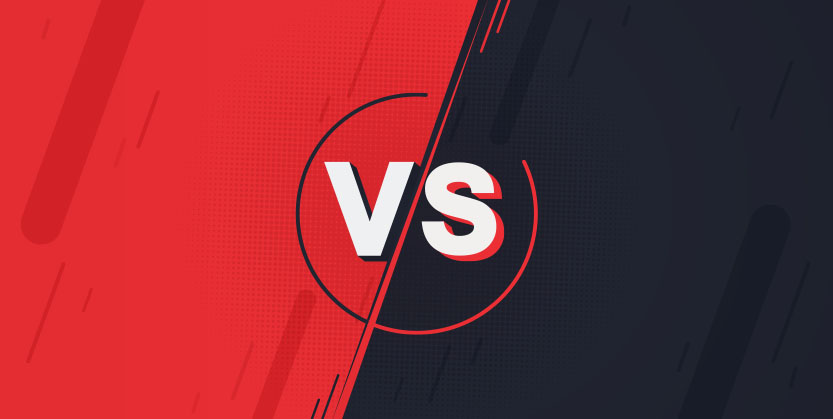Bunions are a common orthopedic condition that roughly 1 in 3 adults experience yearly. Bunions can be unsightly, uncomfortable, and challenging to diagnose. If you currently suffer from foot pain or prolonged discomfort, you may soon realize many foot conditions share specific symptoms. Indeed, inflammation, redness, and swelling along the side of the foot could occur for several reasons, including but not limited to bunions. However, different causes of foot pain can require other treatments and medical responses to treat pain at the source once and for all. With that in mind, today we will answer one of the most commonly asked questions when diagnosing and treating foot pain: what is the difference between gout vs bunion? Here’s everything you need to know.
What are Bunions?
A bunion is a bony bump that forms on the joint at the base of your big toe. Bunions occur when the alignment of one’s foot changes, causing the big toe to curve inward due to pressure. When pressure is placed on the foot, tendons, ligaments, and muscles can become misaligned. This misalignment forces the foot into unnatural shapes, forming a bony mass along the big toe’s joint. The resulting mass is called a bunion.
Bunions are extremely common and can be caused by various lifestyle choices and genetic factors. For instance, individuals who wear tight-fitting shoes (like high heels) are more susceptible to bunions; those with naturally flat feet, for example, are more likely to develop bunions throughout their life than those with higher arches.
Bunions typically develop over a long period– years or even decades. Moreover, bunion symptoms are likely to worsen gradually over time, especially when bunions are left untreated. These symptoms include:
Growth of the bunion itself.
Increased sensitivity to the touch.
Redness.
General foot pain.
Difficulty walking or moving.
When left untreated for extended periods, bunions can worsen and contribute to an additional joint, knee, or even hip pain. So, how do you diagnose a bunion? What is the difference between gout vs bunion?
The most common characteristics of bunions include the following:
Long development time.
Bony mass isolated to the big toe joint.
Difficulty walking.
Most likely to occur over time, with age, or due to lifestyle choices.
What is Gout?
Gout is a complex form of arthritis caused by excess uric acid in the blood. Gout may be mistaken for a bunion because one of the most noticeable gout symptoms is a red, painful swelling around the big toe joint. However, unlike bunions, which form over a long period and gradually produce pain, gout often generates sudden and sharp pains. That’s because when excess uric acid builds up in the bloodstream, it forms painful crystals that affect the joints. While gout is most commonly associated with pain in the big toe joints, it may also affect other body areas.
Gout may occur as a result of both hereditary and lifestyle factors. Some individuals may have difficulty breaking down uric acid naturally. On the other hand, a poor diet can also cause uric acid levels to rise in the body. And individuals who have high blood pressure, who have high cholesterol, and those who are overweight carry a greater possibility of developing gout. Worst of all, gout can also increase the risk of life-threatening conditions like a heart attack or stroke.
Common characteristics of gout include:
Swelling and redness around the big toe joint.
Sharp, stabbing pain.
Potential for joint pain elsewhere in the body.
Unlike bunions, gout is most likely to occur due to poor diet, weight gain, or genetic factors.
When dealing with orthopedic pain or determining the difference between gout vs bunion, it is always essential to consult a medical professional. At Northwest Surgery Center, our expert medical team can not only diagnose orthopedic pain and answer questions like what is the difference between gout vs bunion. Still, it can work with you to create a fast, safe, and effective plan for treatment.
Contact Us
At Northwest Surgery Center, we have years of experience helping people solve foot-pain issues. From diagnosing bunions to performing minimally invasive surgery, we can help you end orthopedic pain for good. If you’re struggling with foot pain, please contact us here to schedule a consultation ASAP. Remember, we’re here to help!



Leave A Comment